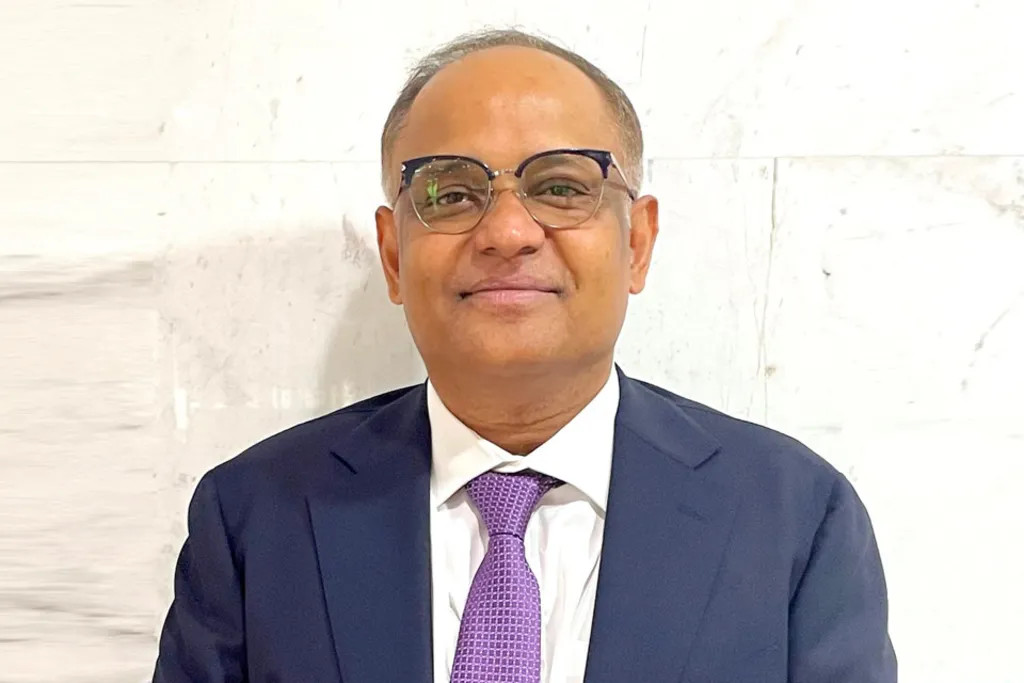 Economy
Economy

 |
| ADB Country Director for Việt Nam Shantanu Chakraborty. Photo kinhtedothi.vn |
ADB September's report forecast that Việt Nam's economic recovery would pick up in the near term on the back of strong domestic consumption, moderate inflation, acceleration of public investment, and improved trade activities.
ADB Country Director for Việt Nam Shantanu Chakraborty spoke with Việt Nam News reporter Lê Việt Dũng about the economic outlook and the premises for the projections.
According to the World Bank, Việt Nam's economic growth slowed to 3.7 per cent in the first half of 2023. What do you think about its economic prospects for the whole year in light of this fact?
In the first couple of quarters of 2023, the economic growth unanticipatedly went down to 3.7 per cent, which was not expected earlier in the year. However, ADB remains very confident that Việt Nam will be able to achieve an overall annual growth of 5.8 per cent for 2023.
This is premised upon early signs of upticks in the services industry and in the construction industry. We are also seeing growth in the agricultural sector, given the robust stability that has been shown in agricultural prices.
So, there are some drivers of the economy that we believe will contribute towards Việt Nam achieving its 5.8 per cent economic growth, despite sluggish growth in the first couple of quarters.
I believe maintaining the momentum of public investment will be crucial because that is what is going to rejuvenate economic activities, generate employment, and put more money in the hands of people to enhance domestic consumption.
Given the global economic downturn, do you think Việt Nam would be well-positioned to keep inflation in check for 2023?
The monetary and fiscal policies adopted by the government up until now have really facilitated keeping inflation under control. Our projection of inflation for now is 3.8 per cent for 2023, and 4 per cent for 2024. There are, of course, certain challenges, in terms of the global increasing interest rates, the disruptions caused by certain geopolitical events, and the monetary tightening in some countries.
But overall, given the stability of agricultural production in the country so far, and the fact that oil and gas prices are expected to remain stable for the rest of the year, I strongly believe that, based on the low inflation rates that were experienced by Việt Nam in the first half of the year, overall inflation of 3.8 per cent is very much achievable.
Some people state that domestic consumption, exports, and public investment will be the key growth drivers of the economy in 2024. What do you think about that statement?
I completely agree with them but I would put public investment as number one. By some estimates, there is about US$30 billion of public investment that has been planned, so a concerted effort needs to be made to expedite spending the money. That will really boost demand in the market, lead to employment generation, and foster overall economic activities.
Consumption is important as well. Given that inflation is now low and there is liquidity in the hands of people, domestic consumption needs to remain strong to offset the adverse impact of export-related activities.
So, I absolutely subscribe to the statement that the three items are the key drivers to help Việt Nam achieve the economic growth that we forecasted.
High interest rates in Việt Nam's key trading partners have depressed the demand for Vietnamese exports. What should the country do to hold ground commercially amid the headwinds?
It is a difficult situation because most of Việt Nam's key trading partners are actually following a tightening monetary policy. That is what they're expected to do under inflationary pressure, but it is impacting Việt Nam's competitiveness and subduing demand for Vietnamese goods.
On the other hand, Việt Nam's manufacturers are benefiting from the low costs of borrowing domestically, given the high level of liquidity in the market.
So, the country should continue to look for new niches where it can provide more value-added services. It should also try to diversify its export commodity base to more sectors so it can maintain its competitive edge in the international market.
More importantly, it should improve its competitiveness by streamlining its cost structure. And for that, the government plays a big role in terms of ensuring certainty for export-oriented private sector investors to come to Việt Nam and have access to a stable enabling environment and strong infrastructure.
Those are some of the steps that Việt Nam can take to diversify this product base and move up the value chain to actually offer more value-added services to the international market, alleviating the challenges that will be faced by the export sector.
Public debt to GDP has remained relatively stable in Việt Nam over the past few years. Do you think that would provide substantial fiscal headroom for public investment in the country?
The current public debt to GDP is about 38 per cent, whereas the stipulated target that the government has set for itself is within a 60 per cent range. So there is a significant amount of fiscal headroom that the government can deploy, by borrowing more and spending on public investment.
I see this as a strong opportunity to really push the agenda to spending on infrastructure and the social sector, including providing benefits for unemployment and initiating VAT cuts. I would suggest the government expedite the rollout of VAT cuts, and also extend their tenor to the end of 2024 to reinvigorate domestic consumption.
These are some of the fiscal measures that the government has at its disposal, given the fiscal headroom in terms of debt to GDP.




